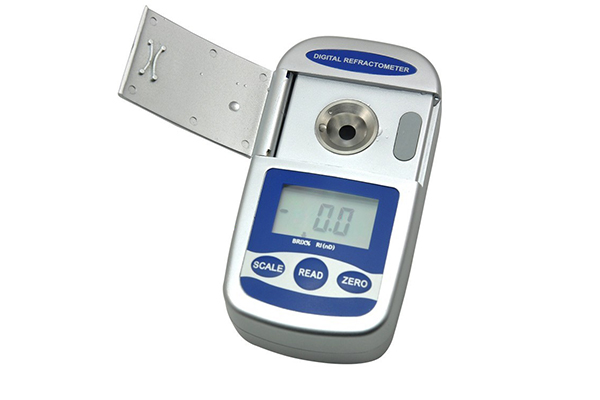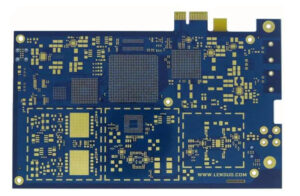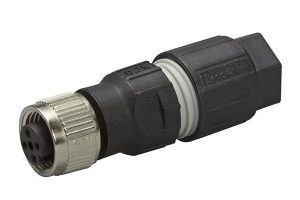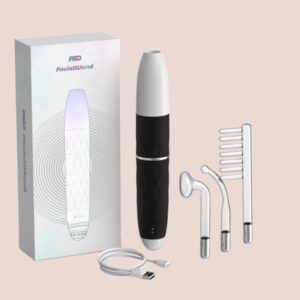
Ensuring the quality and authenticity of edible oils is crucial in the food industry. Traditional methods, such as absorption or emission spectroscopy, have differentiated between normal and substandard oils. However, distinguishing refined gutter oil or oils with similar molecular structures from regular oils has proven to be challenging due to the complex composition of counterfeit or low-quality oils. Additionally, existing spectroscopic analysis methods may lack universality when identifying various types of oils. In such cases, refractive index measurements have emerged as an important tool for assessing the quality of edible oils.
The Significance of Refractive Index:
The refractive index serves as a vital indicator of edible oil quality. Differences in refractive index can effectively identify mixtures and adulteration in oils. Each type of edible oil exhibits distinct refractive index values, and even within the same oil type, variations in water content and impurities can lead to significant differences in refractive index. Counterfeit oils or gutter oil, which have different compositions from genuine oils, often exhibit noticeable color differences and, consequently, a refractive index.
Measurement Technique: FRI Fiber Optic Refractive Index Sensor
The FRI (Fiber Optic Refractive Index) sensor based on the Twyman-Green interferometry method has been recommended to measure the refractive index of edible oils. This technique involves capturing interferograms of edible oils using a CCD camera under specific conditions, such as room temperature (20℃) and a light source wavelength of 632.8 nm. By employing image processing techniques, the sensor enables rapid measurement of the displacement of interference fringes for different oil samples, thereby determining their refractive index.
Advantages of FRI Fiber Optic Refractive Index Sensors:
Online Measurement: The FRI sensor provides real-time refractive index measurement, allowing continuous monitoring of any process, be it industrial or chemical, thus eliminating issues related to manual sampling and measurement consistency.
Versatility: FRI sensors can operate reliably in environments with varying temperatures, EMI (Electromagnetic Interference), and other changing conditions. This makes them suitable for applications involving fluid chemistry and fluid quality control in cooling systems and other industrial processes.
Performance Monitoring: FRI sensors offer engineers in research and development departments the ability to monitor specific characteristics’ performance over time, improving processes and product technologies throughout their operation, production, and product life cycle. Changes in specific product properties can be detected through refractive index variations.
Application Areas of FRI Fiber Optic Refractive Index Sensors:
Industrial Environments: FRI sensors find applications in various industrial settings where refractive index measurements are required for quality control or process optimization.
Chemical Applications: The sensors are suitable for monitoring fluid refractive index in chemical processes, allowing precise control and analysis.
Harsh and Hazardous Environments: FRI sensors can withstand extreme conditions, making them suitable for use in challenging or dangerous environments for traditional measurement techniques.
Research: FRI sensors are valuable tools for researchers conducting studies related to fluid properties, as they provide accurate and continuous refractive index measurements.
Quality Control: FRI sensors aid in maintaining consistent product quality by monitoring refractive index variations in fluid-based products.
Conclusion:
The accurate measurement of refractive index using FRI fiber optic sensors plays a significant role in advancing quality control in the food industry, particularly in assessing the authenticity and quality of edible oils. By providing real-time and continuous monitoring, these sensors offer a reliable and efficient solution for ensuring product integrity, optimizing processes, and improving overall quality control measures. With their versatility and ability to operate in challenging environments, FRI sensors contribute to developing safer and more reliable food products, benefiting both manufacturers and consumers.




